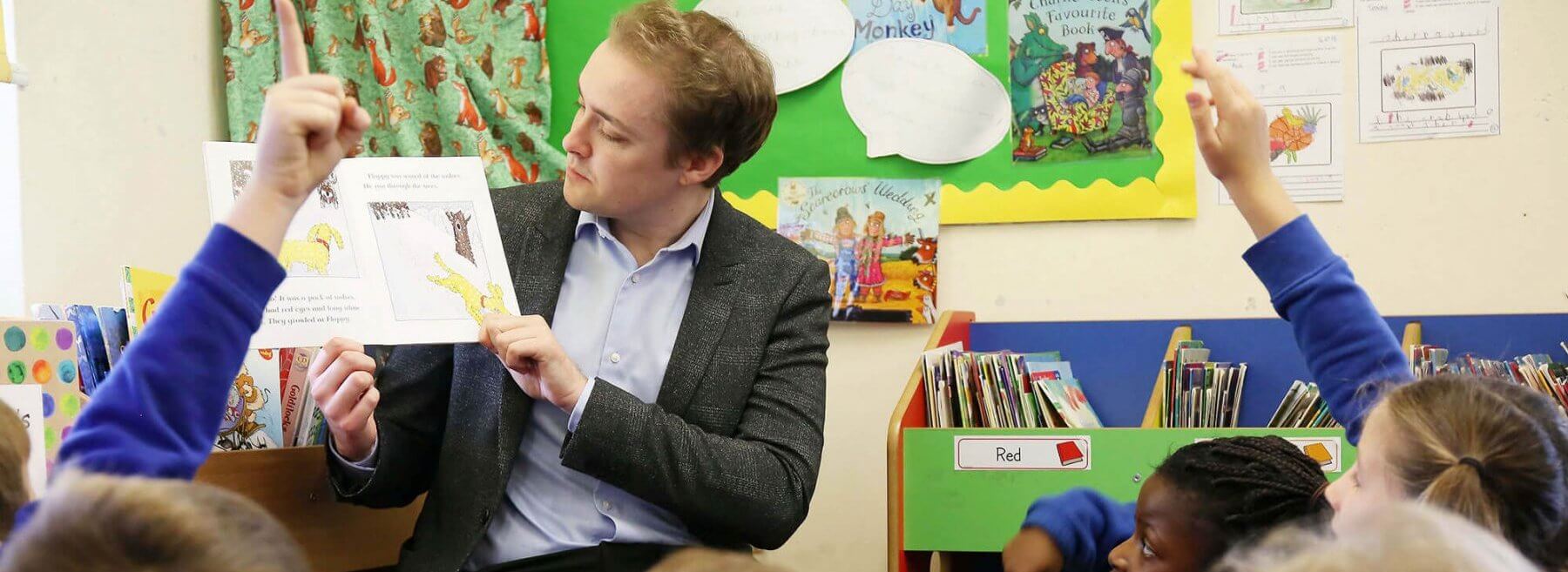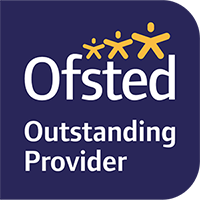Events

The Life of a Primary Teacher: What is a Typical Day Like
A day in the life of a primary teacher
There’s rarely a dull moment in the life of a teacher. Primary teacher Niall Robinson explains why there is no such thing as a ‘typical’ day for him.
I arrive at school in the darkness, wearing my thick ‘I-have-break-duty’ coat, with my arms full of Year 5 exercise books. I’m already mentally running through the day’s essential to-do list: assembly preparation, numeracy, literacy, bit of science and homework collection.
But there’s nothing to worry about. Primary school is just playing with kids, right?
Wrong.
Despite what my friends might think, primary teaching has very little to do with playing. There are six data drops in the year and my students’ books are constantly being checked and scrutinised to see where progress is being made.
That said, we do manage to have some fun.
Related
-
What makes a good teacher?
-
How to become a Primary school teacher
-
Thinking of becoming a teacher? Here are 10 reasons why you should
What makes the day special?
Working with young people means that no two days are the same. I never cease to be amazed by my pupils’ enthusiasm and spirit – or by their relentless need to eat whatever they find. Crisps on the floor, berries off a bush, a penny they find under the table… even their own uniforms.
Working with primary-aged children is lovely because they’re so unselfconscious. In Year 5, they haven’t quite reached the point where they want to be ‘cool’ and their genuine excitement about the simplest things really rubs off on you.
You find yourself getting caught up in the magic around quite ordinary everyday things: learning how to hula-hoop; watching salt melt ice cubes or learning the words to a new song.
What do you do in a day?
7.30am: I arrive at school, check over my resources and ensure that plans have been shared with the two other Year 5 teachers.
7.45am: I meet with the other two class teachers and discuss the plans for that day.
8.00am: I set up the classroom and lay out any resources that will be used for the first session.
8.15am: I sit down and make any last-minute revisions to my lesson plans, checking over the content I’m delivering.
8.30am: The keen student helpers arrive and I set them off on jobs.
8.40am: The rest of the class enter the room and get ready to start the day.
8.55am: We usually start the day with an hour of numeracy or literacy.
9.55am: We have a five-minute break for students to get ready for the next session.
10:00am: We will then do a second hour of numeracy, or start literacy.
10:55am: Breaktime
11:10am: We do our third session on either numeracy or literacy.
12.00pm: lunchtime
1.00pm: In the first afternoon session, we teach humanities, arts, MFL and science through ‘creative links’.
2.00pm: For our final session of the day, we might have assembly or PE and may also do spelling and times-tables tests.
3.00pm: After school is normally filled up with meetings: data meetings, meetings with parents, and after-school clubs, too.
4.00pm: I start marking the work that the students have done that day.
What does your lesson preparation involve?
My planning is like an iceberg: what happens in the classroom is a tiny piece of what goes on beneath the surface. Every resource that I produce has to be suitable for the different abilities and needs of my pupils.
On top of that, all of my pupils need to have their books carefully marked, and I’m always thinking of ways that I can ensure that they each make as much progress as they can.
Who do you work with?
The team of Year 5 teachers is a really strong one. Most of my planning is done with this team.
However, the school wouldn’t function if it wasn’t for everyone else: the SENCO working with small groups of pupils, the team of learning support assistants (LSAs) and higher-level teaching assistants (HLTAs) – who are worth their weight in gold – the PE support team and the modern foreign languages (MFL) teachers.
How does teaching differ from your training year?
My training year was a steep learning curve. Although I had worked as an LSA for four years, I had been in a special school, so moving into mainstream was a big change in itself. The training I received was excellent and being based in the classroom was great preparation for my NQT year.
Everything definitely gets easier each term. I feel that little bit more confident, that little bit more prepared and I enjoy it more every day.
TES: Niall Robinson is a teacher at Powers Hall Primary School, Witham.
Previous Post
